Tractor tires are a different beast than a standard vehicle tire. This is because farmers will fill them with fluid to add balance and lower the center of gravity to avoid tipping. However, how do you load tires on a tractor? We have researched for you to answer this question.
Typically, tractor tires are loaded with various fluids, including polyurethane foam, windshield washer fluid, beet juice (really!), antifreeze, water, calcium chloride, and windshield washer fluid. To load the tractor tires with one of these fluids, follow these steps:
- First, use an adequate lift to get the tires off the ground.
- Next, fill a bucket with the chosen fluids.
- Now, take out the valve stem from the tires to release air to make room for the fluids.
- Next, connect your hose to a pump and place it into the bucket.
- Finally, connect the hose to the tire valve.
- Fill the tires with liquid until they are 45%-70% full, depending on preference.
The answer above is a simple answer to how to load tractor tires. For each tractor owner, the process may be different depending on preference. Every tractor and tractor tire is different. This article will discuss a primary method to loading tractor tires and the other fluids that can be used, so read on!
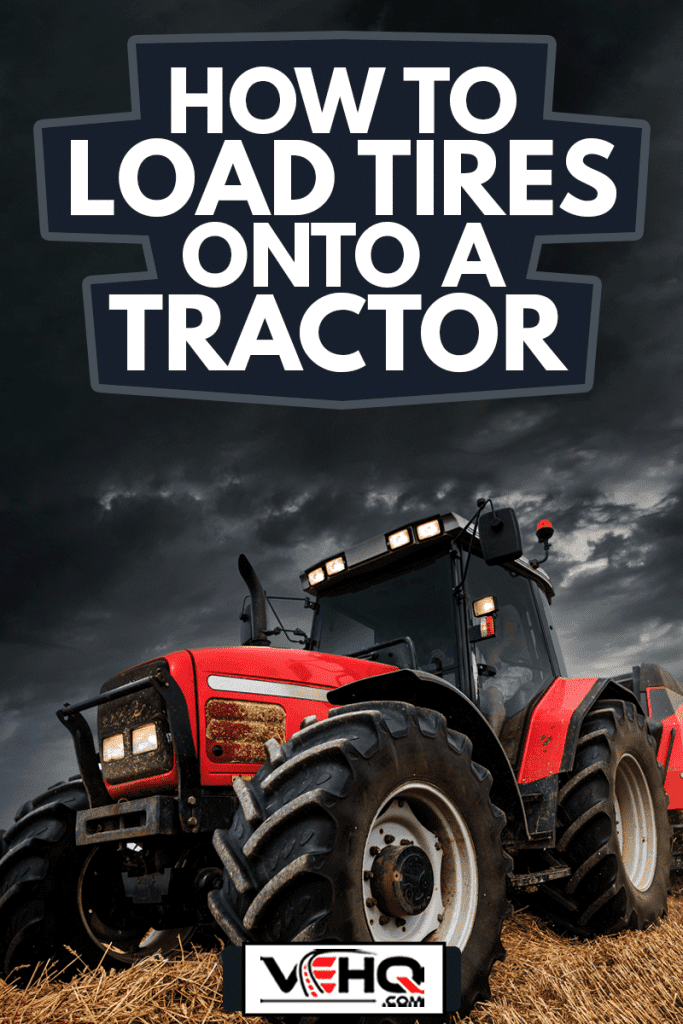
How To Load Tires On Tractor
Loading your tractor tires is essential for ensuring that the tractor will have optimal traction. In addition, it will help the tractor have a lower center of gravity which will help prevent the tractor from tipping.
However, many people are confused when it comes to how to load tractor tires on their tractors. Here are some simple steps that can be followed to fill up your tractor tire with liquid:
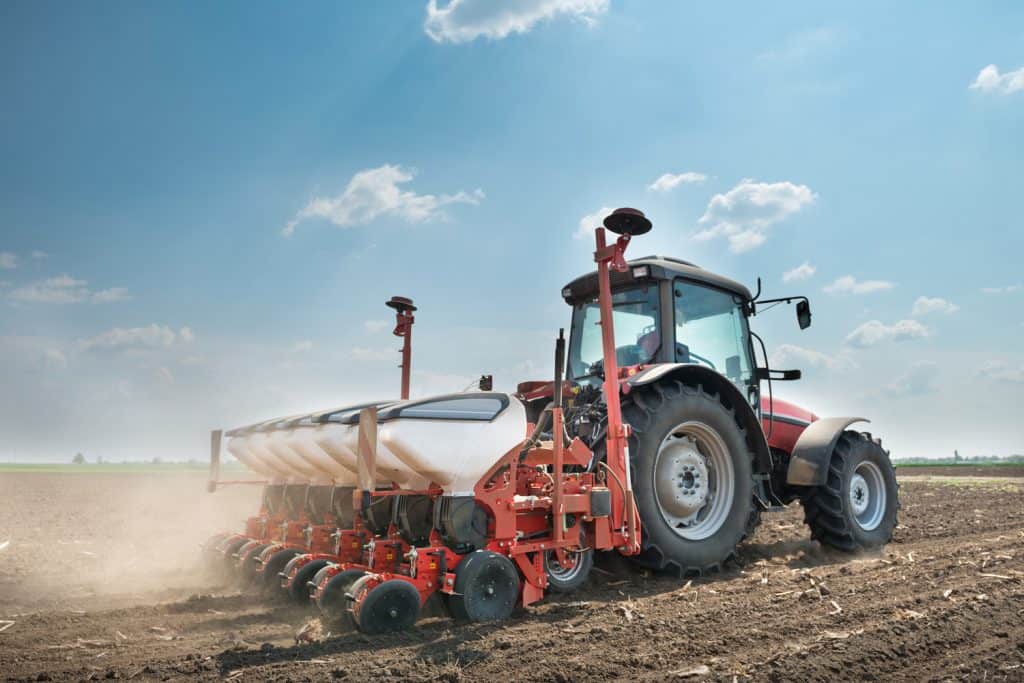
Take Your Tire Off Ground
The first step is to remove the tire off the ground so you can access the valve. Then, if you have a tire lift, you can lift the tire off the ground. If you do not have a tire lift, you will need to find something that can hold up the weight of your tractor tire so it is lifted off the ground. This may not be easy, depending on your location and access to equipment.
Fill A Bucket With Fluid
Once the tire is off the ground, you will need to fill up a bucket with whatever fluid you would like to use. This can be windshield washer fluid, antifreeze water, beat juice, polyurethane foam, or even windshield washer fluid, for example.
If you are using your tractor in temperatures above 32 degrees Fahrenheit, then you can use water. However, if you are using your tractor below that temperature, then you should only use beet juice or polyurethane foam, for example.
Once you have filled up the bucket with whatever fluid, screw on your pump accessory to your hose and place it into the bucket as well. Make sure to attach one end of the hose onto the valve stem to release air and make room for your liquid.
Fill Your Tires With The Fluid
Connecting both ends of the hose, fill up the tires with as much fluid as you prefer. It is recommended to go around 45%-70% full, depending on preference and what kind of fluid you are using.
Let The Tire Sit
Leave it there so the tire can settle after filling up the tractor tire with whatever fluid you decide to use. This will allow the liquid to settle inside the tire so it can adjust accordingly before you drive your tractor anywhere.
After two minutes have passed, take your hose out and screw the valve stem back onto the tire. The process above is a simple way on how to load tractor tires with fluids. The different fluids will change slightly, but that is something you will have to figure out on your own.
Just remember to make sure that the tire is off the ground, filled up with fluid using a pump hose and bucket, and left there for at least a few minutes before taking it back onto the ground.
Should I load my tractor tires?
Loading your tractor tires can be a huge difference when it comes to having optimal performance. In addition, it will help prevent the tractor from tipping over, which improves stability and safety all around. Loading fluid into your tractor tires can also improve traction to ensure that you get through mud or any other challenging terrain that you might face.
However, if you are not planning on using your tractor frequently, it is recommended to leave the weight off the tires. On the other hand, loading the tires is a good idea if you plan to use your tractor frequently and in varying weather conditions.
What is the best thing to load tractor tires with?
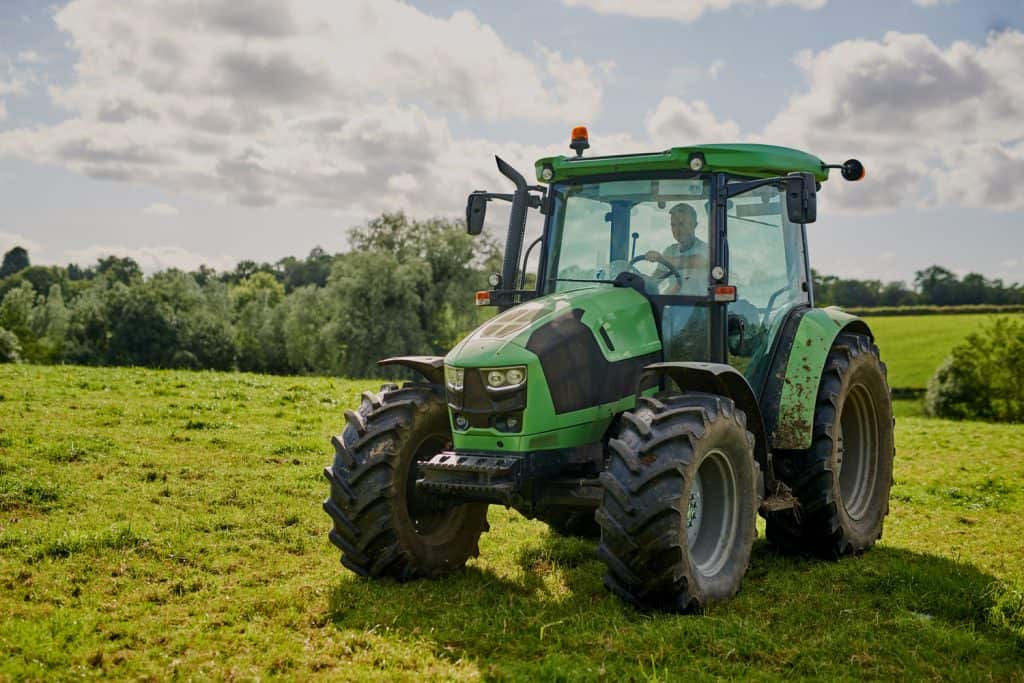
Different fluids and substances can be used other than the fluids listed above. These include:
Polyurethane Foam
One of the highest recommended products would be polyurethane foam. This is because it helps prevent sidewall scrubbing, which will help prevent your tires from wearing out faster. Some containers spray this onto tire sidewalls, but you can buy them premixed as well.
Water
This is a simple fluid to load into your tractor tire, and adding water to your tires will not harm you as long as you don't over-fill them. However, do note that it will eventually evaporate, so there will be a need to fill it up again in time.
Antifreeze
This is another fluid that can be used to load tires so long as you do not over-fill the tires with this liquid because it will cause residue after evaporation. It also causes frostbite, so please exercise care when using antifreeze when filling and emptying your tires.
Calcium Chloride
This is probably the most known substance used to load tractor tires. It has properties that can melt ice, making it perfect for winter conditions where you might experience rough terrain or snow on the ground. However, it does have an offensive odor which should be noted if you are using this in a quiet area.
Windshield Washer Fluid
This is very easy to use when filling up your tractor tire because it is mainly water.
Beet Juice
This fluid contains many additives such as acids and other chemicals that may damage your tractor's rubber seals in the long run. Think about the environment when using this chemical.
What do loaded tractor tires weigh?
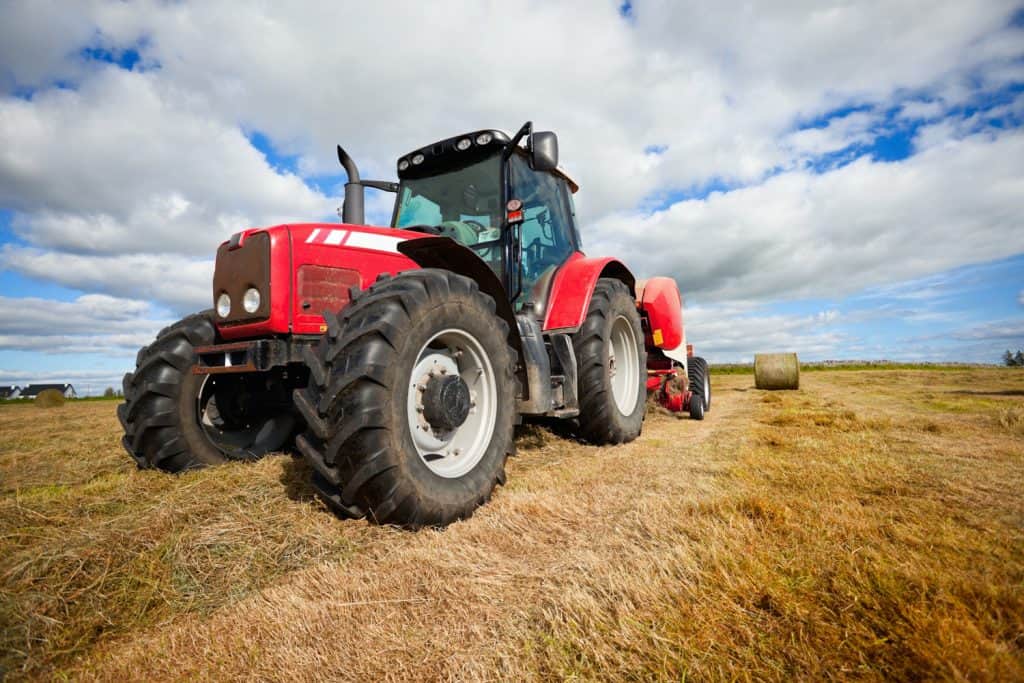
Tractor tires weigh different depending on the size of the tire. On average, tractor tires weigh between 400-600 lbs. It is hard to say what they weigh loaded. On tractor forums, having your tires loaded can range from 500 lbs to up to 1,200 lbs!
Do tractor tires have tubes?
Tractor tires typically come with inner tubes inside them. Some versions do not have an inner tube, but this is uncommon for most tractor manufacturers. On the other hand, some tractor tire companies offer tubes separately from the tire itself.
Can you put water in a tubeless tractor tire?
It is possible to put water in a tubeless tractor tire, but it will not function like a water-filled inner tube. This is because the rubber that makes up the tire wall will drain the water out once you start driving your tractor. So it is best if you stay with water-filled inner tubes.
What Are Pneumatic Tractor Tires?
Pneumatic tractor tires are rubber tires that are filled with air or wholly made of rubber. This means they will store more energy compared to solid rubber tires. They can produce the best traction because of this feature. Pneumatic tires are mainly used for the outdoors, so they are perfect for tractors.
There are two types of pneumatic tires, air and solid. Air Pneumatic tires are like inner tubes, whereas solid rubber tires are more like off-road wheels and are puncture-proof
In Closing
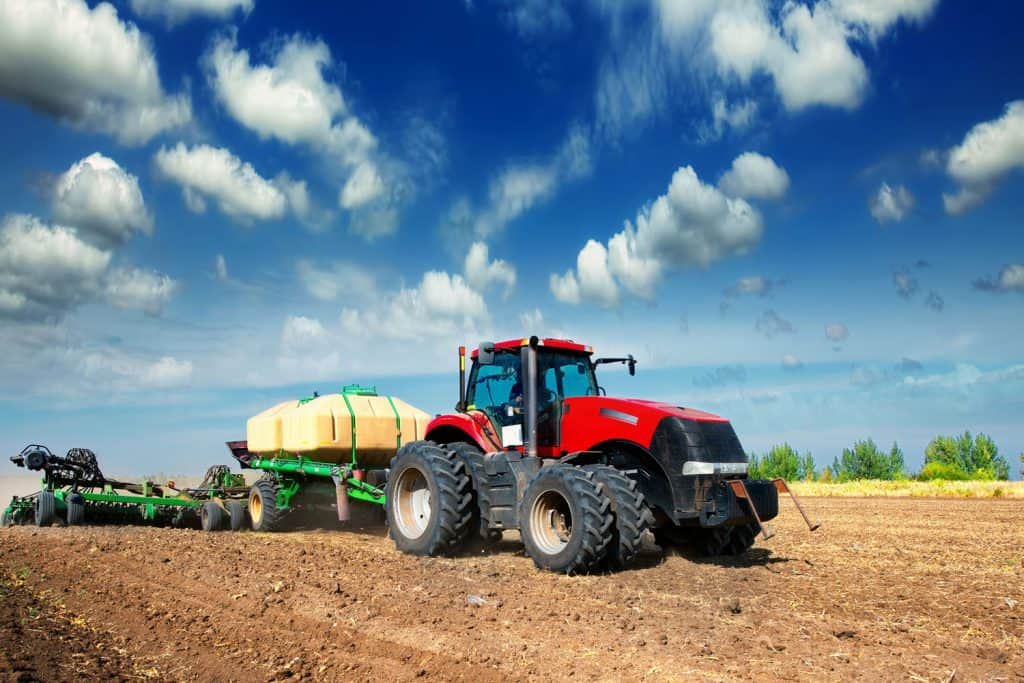
In the world of tires, different substances can be used to add weight and improve traction. You can choose from many options, but it is best to research the pros and cons of each to ensure that you get a product that will perfectly suit your needs. Also, when choosing what type of fluid to use, it doesn't hurt to ask a professional or do your research.
Should Tires Be Stored Flat Or Upright?
Do Tires Need To Be Balanced When Rotated?
How To Inflate Travel Trailer Tires? [5 Steps]
We would love to hear from you! Leave us a comment below!
